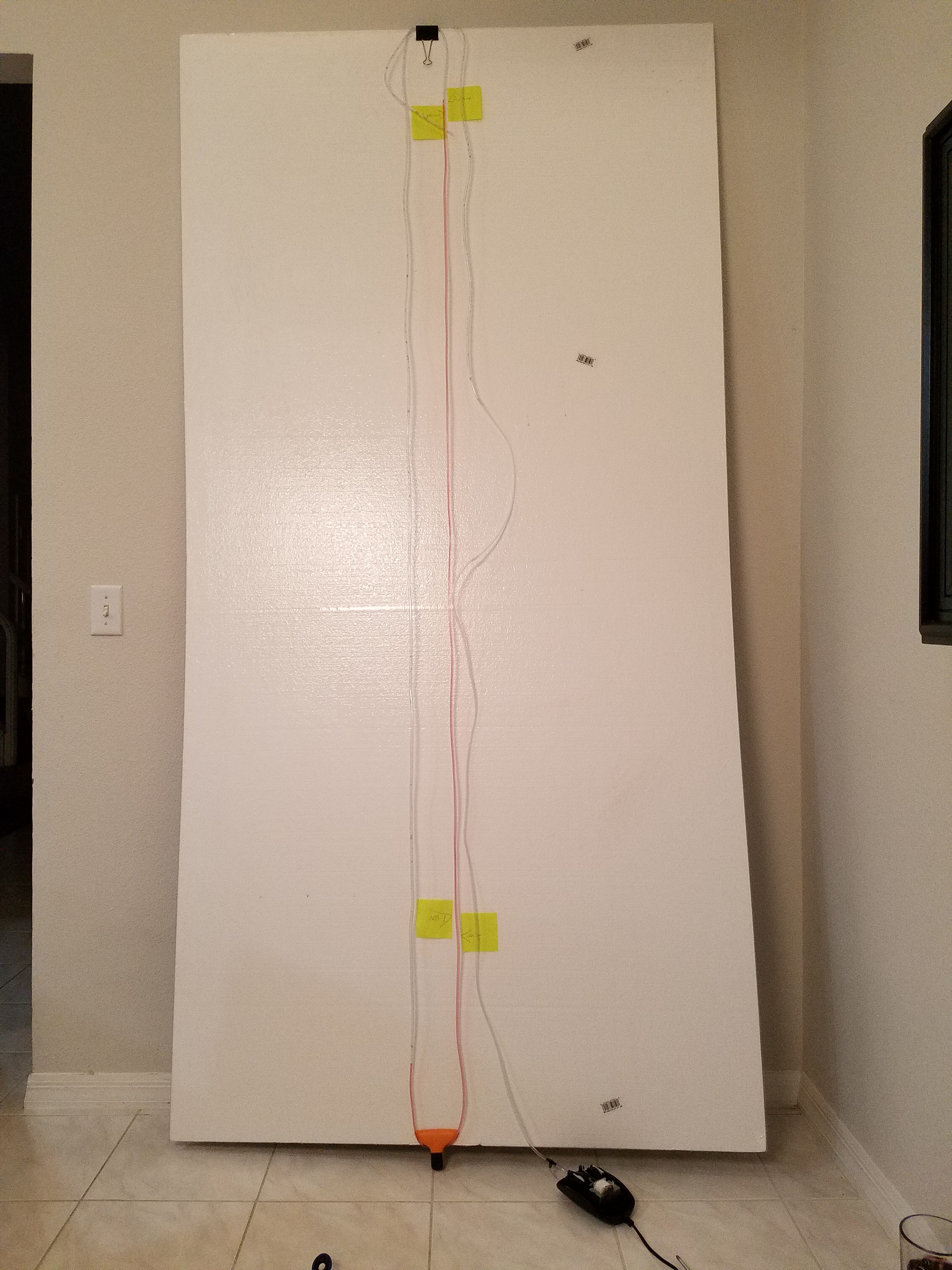Again, now that I've reached the end, time to go back to the beginning.
To build the pick and place machine requires a vacuum source. I actually had a tiny 12v vacuum pump, but it was pretty pathetic. It was loud, didn't have carbon brushes so it would wear out pretty quickly, and the actual performance was terrible.
I recalled seeing a video about converting an aquarium pump to vacuum. Not finding the video right now, but there is actually a really good instructable on that also, so I won't go into detail. Just follow his instructions.
So I did that. It worked.
That was too simple.
Of course I couldn't stop there.
The first mod beyond that was the simplest, required no additional parts, and improved performance by about 5%.
I took an angle grinder and removed some of the excess weight from the swing arm. It was still plenty strong and it would now visibly swing a bit farther. This should increase the volume also, but I failed to measure that before moving on to changing the magnet as well so no data...
Note: It's a really good idea to wrap the magnet end in tape before you start grinding on the arm so it doesn't collect all the stray metal shavings you are about to create.
Before:

After (ignore the magnet mod):

5% isn't much, but it was a start.
You may be asking, how did I quantify my results? Gravity. Specifically, a water column.

The post-it on the left was both diaphragm pumps in parallel, whereas the one on the right was just one.
Adding the second diaphragm did little to increase the overall vacuum, but it did reach that vacuum more quickly. Makes sense. Twice the volume pumped, same overall static pressure.
I also switched the valves back and tested pressure by how far it could raise a column of water.

The results were very similar with the pump being able to deliver about 10% more in pressure than it could in vacuum. I discounted the pressure and single versus double diaphragm results for the remainder of the tests.
 Daren Schwenke
Daren Schwenke
Discussions
Become a Hackaday.io Member
Create an account to leave a comment. Already have an account? Log In.